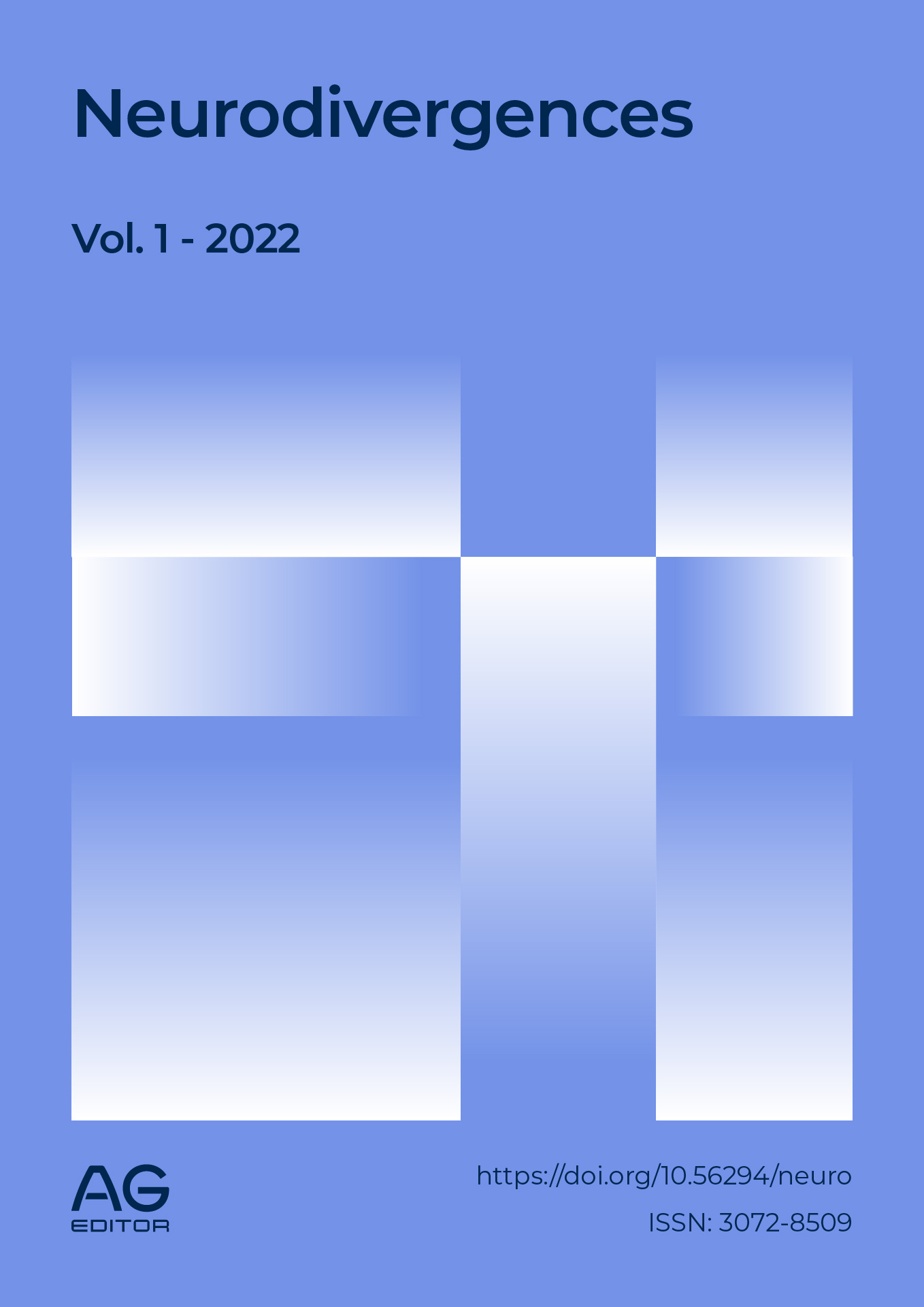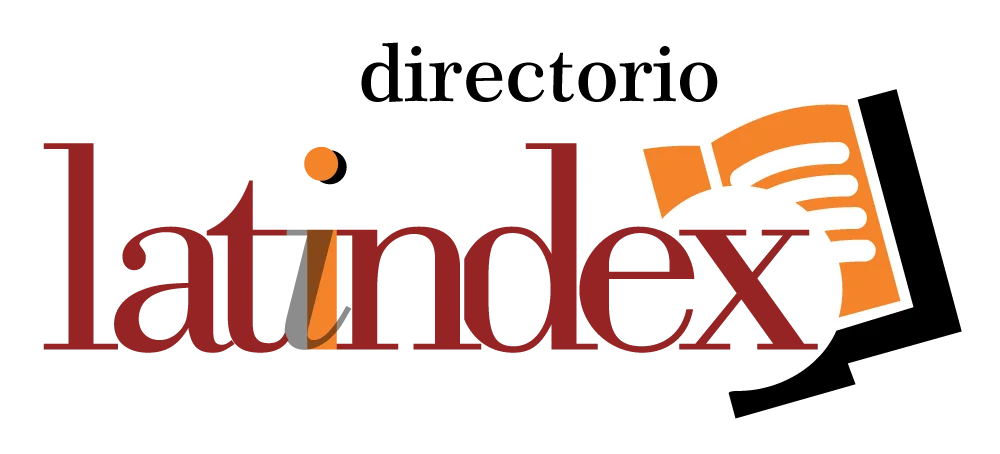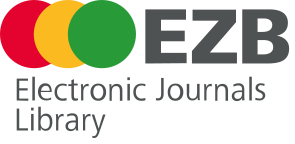The incorporation of ICTs as an axis of educational transformation
DOI:
https://doi.org/10.56294/neuro202239Keywords:
technology, education, inclusion, teachers, equityAbstract
Introduction: The analysis carried out showed that technological advances exerted a decisive influence on daily and professional life, especially in the educational field. In this context, Information and Communication Technologies (ICT) were presented as indispensable resources to guarantee inclusive and quality education. Likewise, international organizations and national legislation highlighted the need to ensure their incorporation, recognizing the central role of the State and the importance of teacher training.
Development: The study showed that ICTs not only functioned as technical tools, but also transformed the dynamics of teaching and learning. In Argentina, educational legislation regulated the right of students to access these technologies, reinforcing the role of the state in their implementation. However, success depended on the preparation of teachers, who designed innovative methodologies to motivate and facilitate meaningful learning. It was also pointed out that educational inclusion required addressing student diversity and reducing the digital divide. Several specialists agreed that public policies and teacher training were key to guaranteeing complete educational trajectories, especially in contexts of vulnerability. In this sense, the creation of ministerial commissions and comprehensive ICT plans reflected the commitment to expand access and promote equality at school.
Conclusions: It was concluded that the incorporation of ICTs constituted a strategic axis for democratizing knowledge and transforming 21st century education. However, its effectiveness depended on infrastructure, inclusive policies and, above all, on the constant training of teachers. Thus, ICTs were consolidated as a bridge to a more equitable and dynamic education, adapted to the challenges of the globalized world.
References
Organización de Estados Iberoamericanos. Educación inclusiva. Avances y desafíos de la educación inclusiva en Iberoamérica. Madrid: OEI; 2014. p. 83.
Pegalajar Palomino MC. El futuro docente ante el uso de las TIC para la educación inclusiva [Internet]. Revista de Educación Inclusiva. 2017;10(1):152–70 [citado 2025 ago 26]. Disponible en: https://dialnet.unirioja.es/servlet/articulo?codigo=6052462
Falco M. Reconsiderando las prácticas educativas; TICs en el proceso de enseñanza-aprendizaje. Tendencias pedagógicas. 2017;30:45–58.
Tenti Fanfani E. Mitomanías de la Educación Argentina. Buenos Aires: Siglo XXI Editores; 2015. p. 201.
Romero M, Harari I. Uso de nuevas tecnologías TICs – realidad aumentada para tratamiento de niños TEA: un diagnóstico inicial. Revista Ciencia América. 2017 dic;6(3):131–7. ISSN 1390-9592.
Published
Issue
Section
License
Copyright (c) 2022 Juan Ignacio Quevedo (Author)

This work is licensed under a Creative Commons Attribution 4.0 International License.
The article is distributed under the Creative Commons Attribution 4.0 License. Unless otherwise stated, associated published material is distributed under the same licence.






